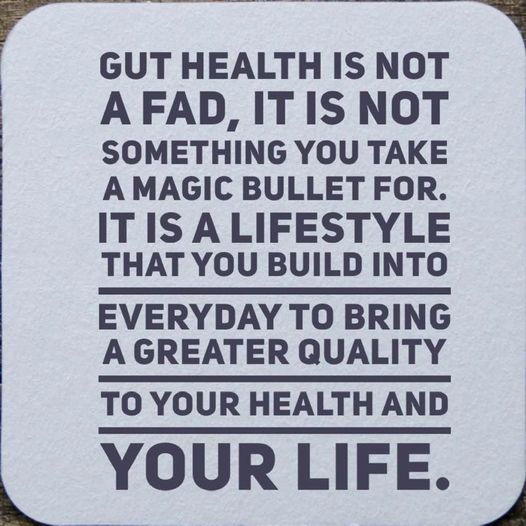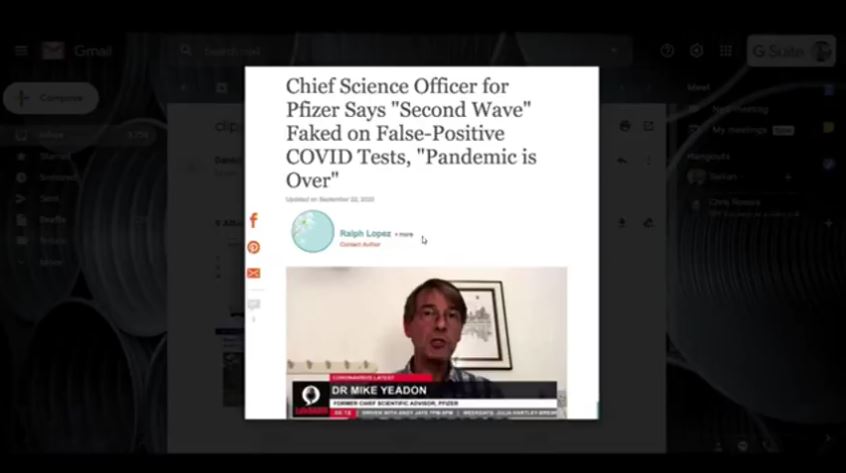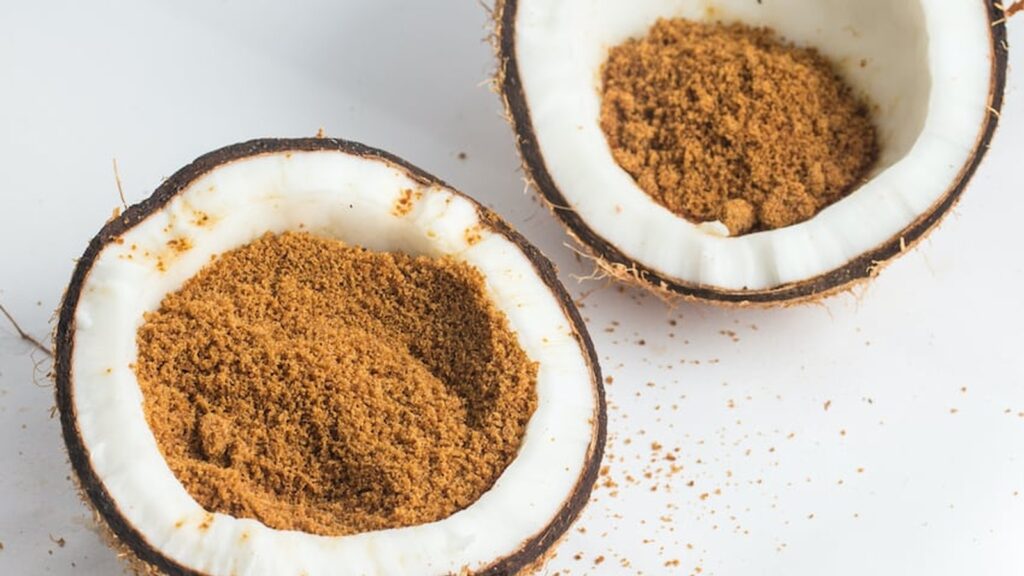
If you have senior moments, do yourself a favour and check out my Memory and Intelligence Blend before it gets to this tragi-comedy stage.
https://www.healthelicious.com.au/Nutri-Blast-Memory-Blend.html

Tom's Blog on Life and Livingness

If you have senior moments, do yourself a favour and check out my Memory and Intelligence Blend before it gets to this tragi-comedy stage.
https://www.healthelicious.com.au/Nutri-Blast-Memory-Blend.html

The word “squash” comes from the Narragansett Native American word askutasquash, which means “eaten raw or uncooked.” This is because there are many kinds of squash, such as zucchini, that could safely be consumed without cooking. But whether eaten raw or cooked, the flesh and seeds provided carbohydrates, healthy fats, and a rich source of micronutrients. The hard-rinded winter squash could also be hollowed out and dried, and then used to transport water or other food.

Ditching the sugar, simple carbs and processed food is a very good start!
Adding some some probiotics and fermented foods as well as a wide variety of super nourishing foods will take you a long way along the path!


Kurt Vonnegut tells his wife he’s going out to buy an envelope:
“Oh, she says, well, you’re not a poor man. You know, why don’t you go online and buy a hundred envelopes and put them in the closet?
And so I pretend not to hear her. And go out to get an envelope because I’m going to have a hell of a good time in the process of buying one envelope.
I meet a lot of people. And see some great looking babies. And a fire engine goes by. And I give them the thumbs up. And I’ll ask a woman what kind of dog that is. And, and I don’t know. The moral of the story is – we’re here on Earth to fart around.
And, of course, the computers will do us out of that. And what the computer people don’t realize, or they don’t care, is we’re dancing animals. You know, we love to move around. And it’s like we’re not supposed to dance at all anymore.”
Let’s all get up and move around a bit right now… or at least dance.

Many of these government imposed restrictions are against the principles of human rights, Magna Carta etc. You are NOT being selfish to insist your rights be respected and not violated.

Even up to this day, there is still no scientific evidence that vaccines are effective against the so-called “viruses”. The reason why this claim has no solid scientific basis is that there is no proof that these biological agents what they call “viruses” cause diseases in the first place.
In 2001, a German molecular biologist Dr Stefan Lanka and his colleague, Karl Krafeld, wrote a book entitled “Impfen – Völkermord im dritten Jahrtausend?” (Vaccination – Genocide in the third millennium?) in which they claim that this is the case.
Microbiologist and virologist, Dr Stefan Lanka, offered a $100,000 (Euro) reward for anyone who could prove that a measles virus exists.
He was taken to court by those wanting to claim the reward. A lower court ruled against Dr Lanka so he appealed to a higher court, the German Federal Supreme Court.
The higher court appointed five experts to help review the evidence – the scientific studies. These five experts, one named Prof. Dr. Andreas Podbielski, “consistently found that none of the six publications which were introduced to the trial contains scientific proof of the existence of the alleged measles virus.”
This was confirmed independently by two recognized German laboratories, including the world’s largest and leading genetic institute, proving that “the authors of the six publications in the measles virus case were wrong, and as a direct result all measles virologists are still wrong today”.
In 2017 after reviewing the evidence and hearing the testimony of the expert witnesses the German Federal Supreme Court made a final decision agreeing that there wasn’t enough evidence to support that the “measles virus” existed.
During the “measles virus trial”, the head of the National Reference Institute for Measles at the Robert Koch Institute (RKI), Dr. Annette Mankertz, admitted an important fact that “may explain the increased rate of vaccination-induced disabilities, namely of vaccination against measles, and why and how specifically this kind of vaccination seems to increasingly trigger autism”.

(Tom: I saw this post from Ron Paul on Parler and went to watch the video but it had been removed for violating YouTube’s terms of service. Obviously whistle blowers spilling the beans on the COVID narrative lies are not deemed to be in the best intersts of… …someone. So I found it on BitChute for you.)
Two insiders have recently emerged to give a shocking view behind the scenes of the ongoing Covid narrative. A former chief science officer at pharma giant Pfizer and a former official at the CDC have both come forward with shocking tales of fraud and falsification.
To my US mates,
Today I received this
Dear Tom —
Did you know that your county sheriff can be your biggest health freedom ally?
Every sheriff takes an oath to uphold the constitution when they’re sworn into office. Yet less than 10 percent of sheriffs nationwide are considered constitutional sheriffs, meaning a sheriff that puts individual liberty — and protecting and serving the people — above the crisis of the day.
How do you know if your county sheriff is a constitutional sheriff, and what’s the best way to forge a relationship with him or her? Stand for Health Freedom recently sat down with Richard Mack, founder of the Constitutional Sheriffs and Peace Officers Association (CSPOA), to discuss just that. Please check out our new video with Sheriff Mack on how to talk to your sheriff about health freedom. https://www.youtube.com/watch?v=uPQjzU6uVs4
Engage Your Sheriffs, Peace Officers and Public Servants
On September 30, the CSPOA is holding a special one-day training event in Lynchburg, Virginia. Sheriff Mack, constitutional attorney Michael Peroutka and others will address a wide range of topics, from the powers and duties of sheriffs, to COVID-19 orders. Please help us spread the word about this important and timely event, which is free to attend!
Here’s how you can help:
1) Call your sheriff and encourage them to join their peers at a constitutional training seminar.
2) Check our new sheriffs campaign here: https://standforhealthfreedom.com/action/do-you-have-a-constitutional-county-sheriff/, which highlights the importance of being represented by a constitutional sheriff and the role they play in defending health freedom. We also provide a sample email that you can send to invite your sheriff to the special training event.
3) Remember to watch SHF’s video interview on how sheriffs can help you exercise your constitutional rights. https://www.youtube.com/watch?v=uPQjzU6uVs4
As always, we are grateful for your advocacy and everything you do to stand for health freedom.
In solidarity,
Leah and the Stand for Health Freedom Team

A good list of alternatives to cane sugar.
https://www.foodmatters.com/article/best-natural-sweeteners-use